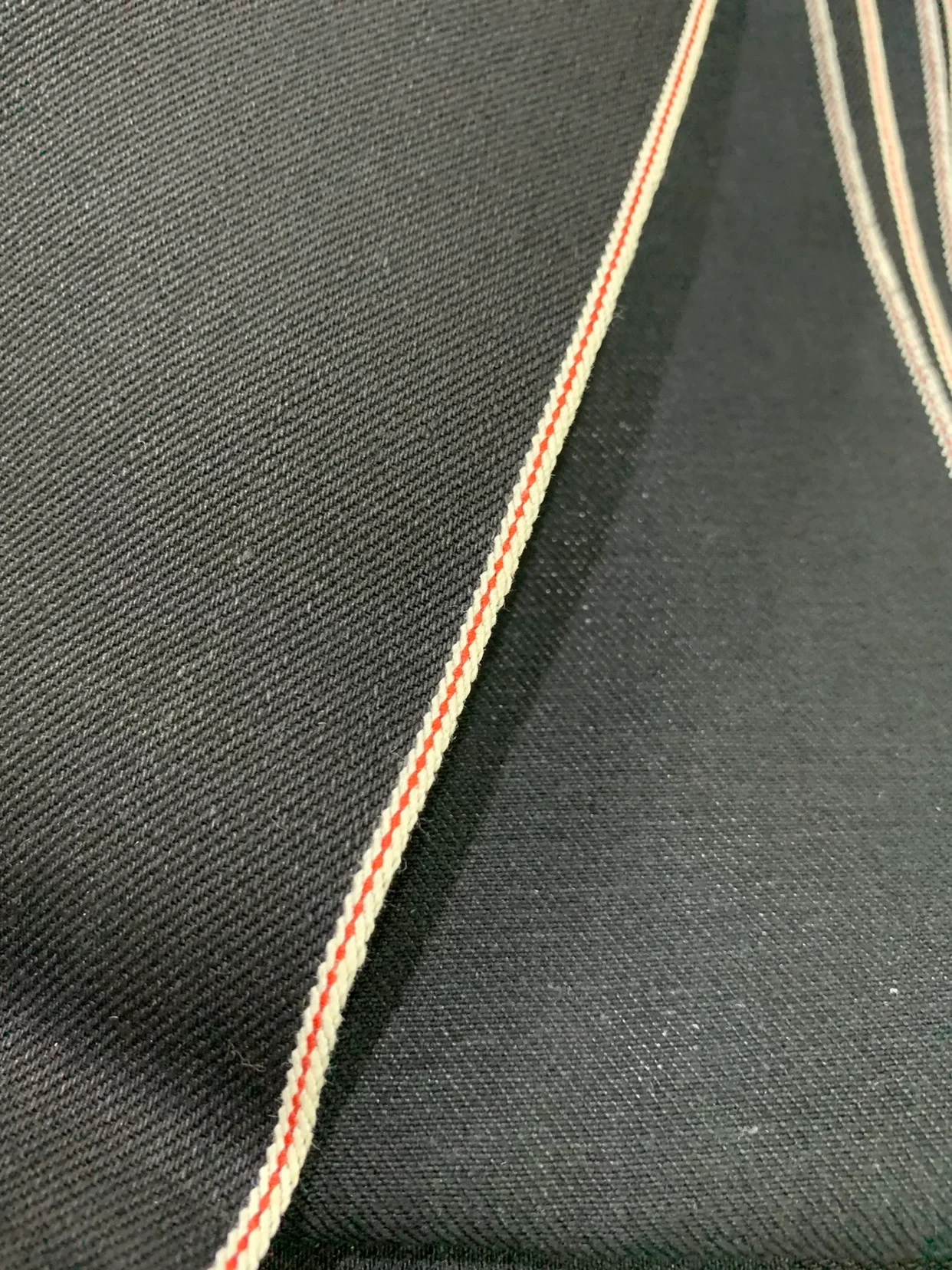
light indigo color company


Incorporating indigo plant dye into modern fashion and textile manufacturing elevates the products with an inherent story and aesthetic appeal. Each garment dyed with indigo carries a narrative of artisanal craftsmanship and sustainable practices, resonating deeply with consumers who seek authenticity and meaning in their purchases. As a result, brands that champion the use of indigo plant dye gain a competitive advantage by aligning their values with those of environmentally conscious customers. The reliability and trustworthiness of indigo as a product stem from its historical roots and proven efficacy. Before synthetic dyes dominated the market, indigo was a staple in textile coloring for centuries. Its vibrant and enduring shade is a testament to its quality and durability. The revival of its use today is not merely a nostalgic nod to the past but a strategic move toward a more sustainable and responsible future. However, the journey to popularize indigo plant dye in the global market comes with its own set of challenges. Producers must navigate the complexities of scaling production while maintaining ethical practices and ensuring quality. This requires investments in research and development to streamline processes without compromising the essence of traditional methods. Industry stakeholders are called upon to collaborate, sharing knowledge and resources to foster innovation and facilitate market expansion. In conclusion, the indigo plant affords a unique synthesis of tradition and modernity, excellence in craft, and dedication to sustainability—qualities that resonate deeply with today's informed consumers. As the global textile industry gravitates towards more responsible practices, indigo plant dye stands as a beacon of enduring beauty and ethical production. It embodies a rich cultural legacy that meets the demands of contemporary sensibilities, ensuring that its value—and its vibrant blue hue—shall endure for generations to come.
-
The Timeless Art of Denim Indigo Dye
NewsJul.01,2025
-
The Rise of Sulfur Dyed Denim
NewsJul.01,2025
-
The Rich Revival of the Best Indigo Dye
NewsJul.01,2025
-
The Enduring Strength of Sulphur Black
NewsJul.01,2025
-
The Ancient Art of Chinese Indigo Dye
NewsJul.01,2025
-
Industry Power of Indigo
NewsJul.01,2025
-
Black Sulfur is Leading the Next Wave
NewsJul.01,2025

Sulphur Black
1.Name: sulphur black; Sulfur Black; Sulphur Black 1;
2.Structure formula:
3.Molecule formula: C6H4N2O5
4.CAS No.: 1326-82-5
5.HS code: 32041911
6.Product specification:Appearance:black phosphorus flakes; black liquid

Bromo Indigo; Vat Bromo-Indigo; C.I.Vat Blue 5
1.Name: Bromo indigo; Vat bromo-indigo; C.I.Vat blue 5;
2.Structure formula:
3.Molecule formula: C16H6Br4N2O2
4.CAS No.: 2475-31-2
5.HS code: 3204151000 6.Major usage and instruction: Be mainly used to dye cotton fabrics.

Indigo Blue Vat Blue
1.Name: indigo blue,vat blue 1,
2.Structure formula:
3.Molecule formula: C16H10N2O2
4.. CAS No.: 482-89-3
5.Molecule weight: 262.62
6.HS code: 3204151000
7.Major usage and instruction: Be mainly used to dye cotton fabrics.
